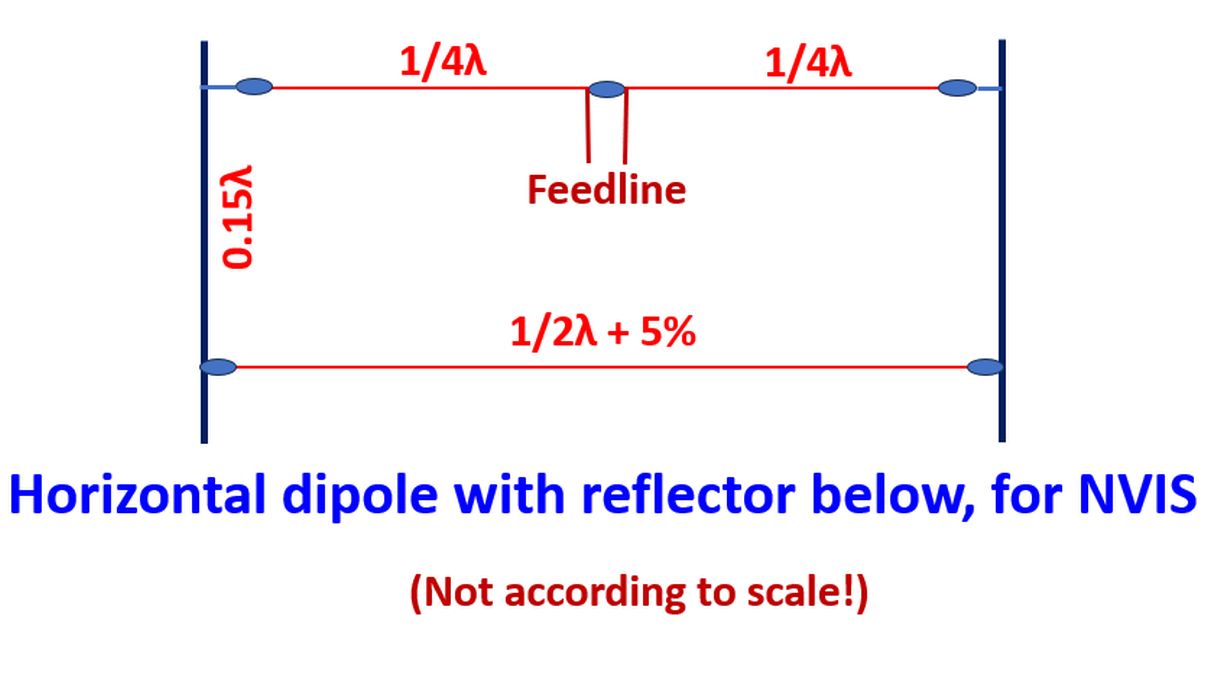Near Vertical Incidence Skywave (NVIS) Propagation
Near Vertical Incidence Skywave (NVIS) Propagation
Near Vertical Incidence Skywave (NVIS) Propagation is useful for medium range communications in amateur radio especially in hilly terrain, forest region and even in cities with high rise buildings. These structures obstruct line-of-sight communications. The skip distance for a usual skywave propagation will not permit effective communication at short range. In case of usual skywave propagation, the antenna directs signals a low angle so that it is reflected off the F layer of the ionosphere to a larger distance, favouring DX operations. Both vertical antennas and inverted V antennas have a low angle of radiation. To get near vertical incidence skywave propagation, the radio waves have to travel at an angle above 60 degrees and below 90 degrees. NVIS has a range of around 650 km.

NVIS is dependent on frequency as well. If the frequency is too high, the radio waves cross the ionosphere and go into outer space. If it is too low, they are absorbed by the D or E layers of the ionosphere. At lower angles of radiation, the radio waves travel more distance through the lower layers of the ionosphere, increasing absorption and reducing chance of refraction from F layer with a good signal strength. Frequencies in the range of 2 to 8 MHz are suitable for bouncing of the F2 layer of the ionosphere. This would make commuication better on 80 m at night and 40 m during daytime. During periods of low sunspot activity, 160 m may be better.
A simple method of achieving low angle of radiation for amateur radio is using a horizontal dipole with reflector element below that. Half wave horizontal dipole is mounted at a height of quarter wavelength from the ground. A reflector element which is 5% longer than the half wave dipole is mounted horizontally 0.15 wavelength below the dipole. The reflector wire can be a few inches above the ground or a little higher if it is on a lawn to permit lawn moving. In effect the combination forms a 2 element Yagi antenna, directing the beam upwards.
